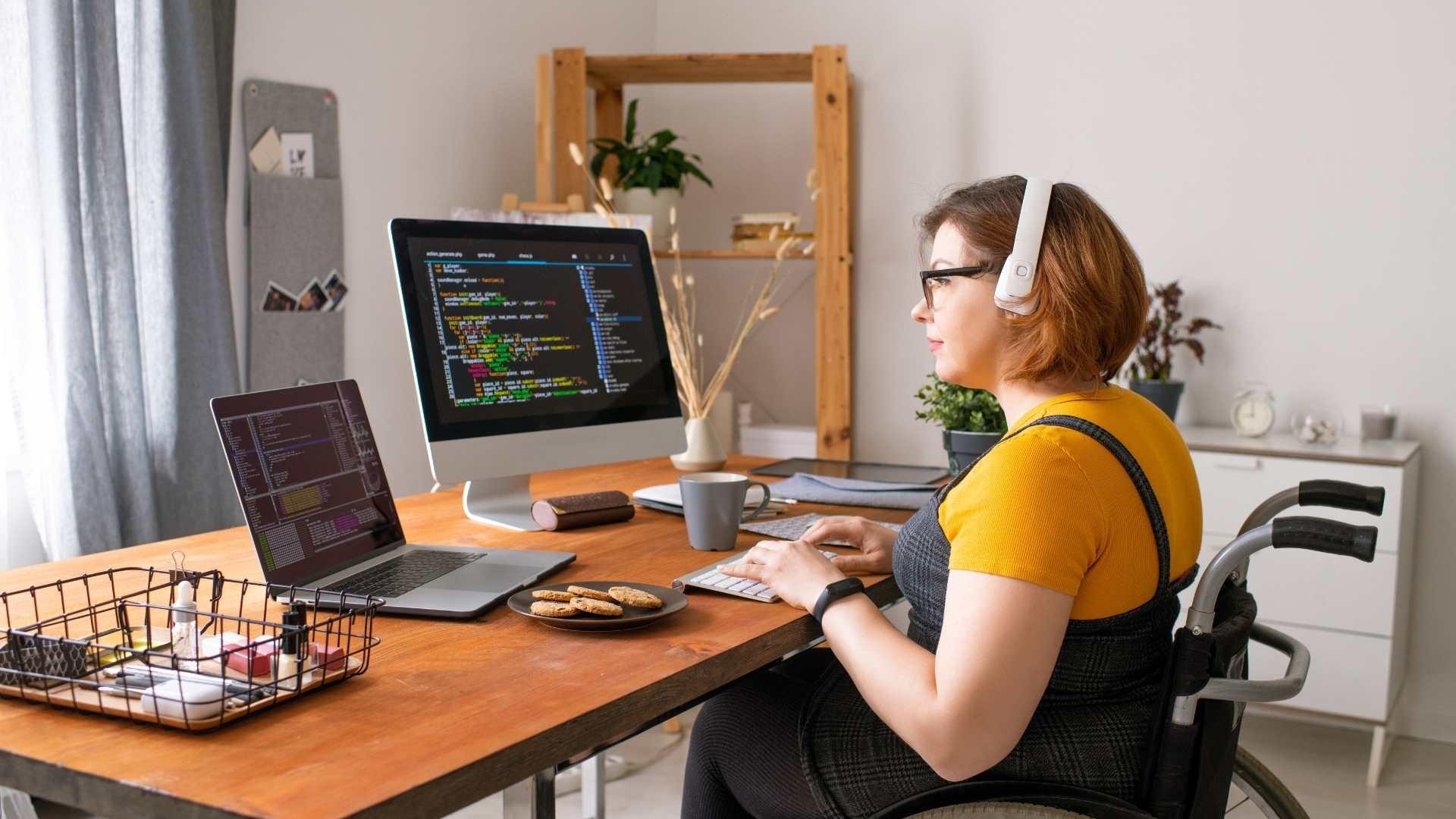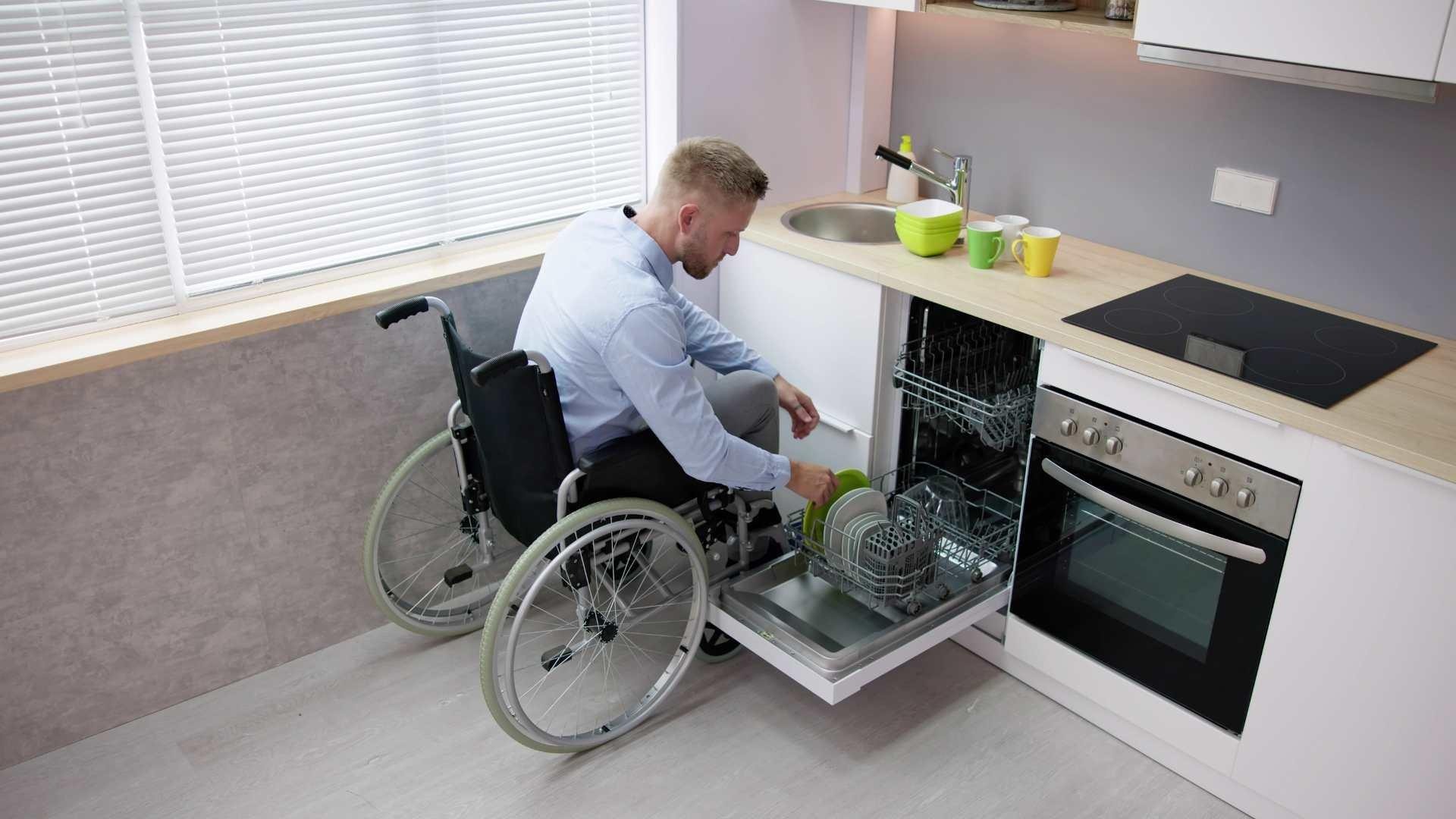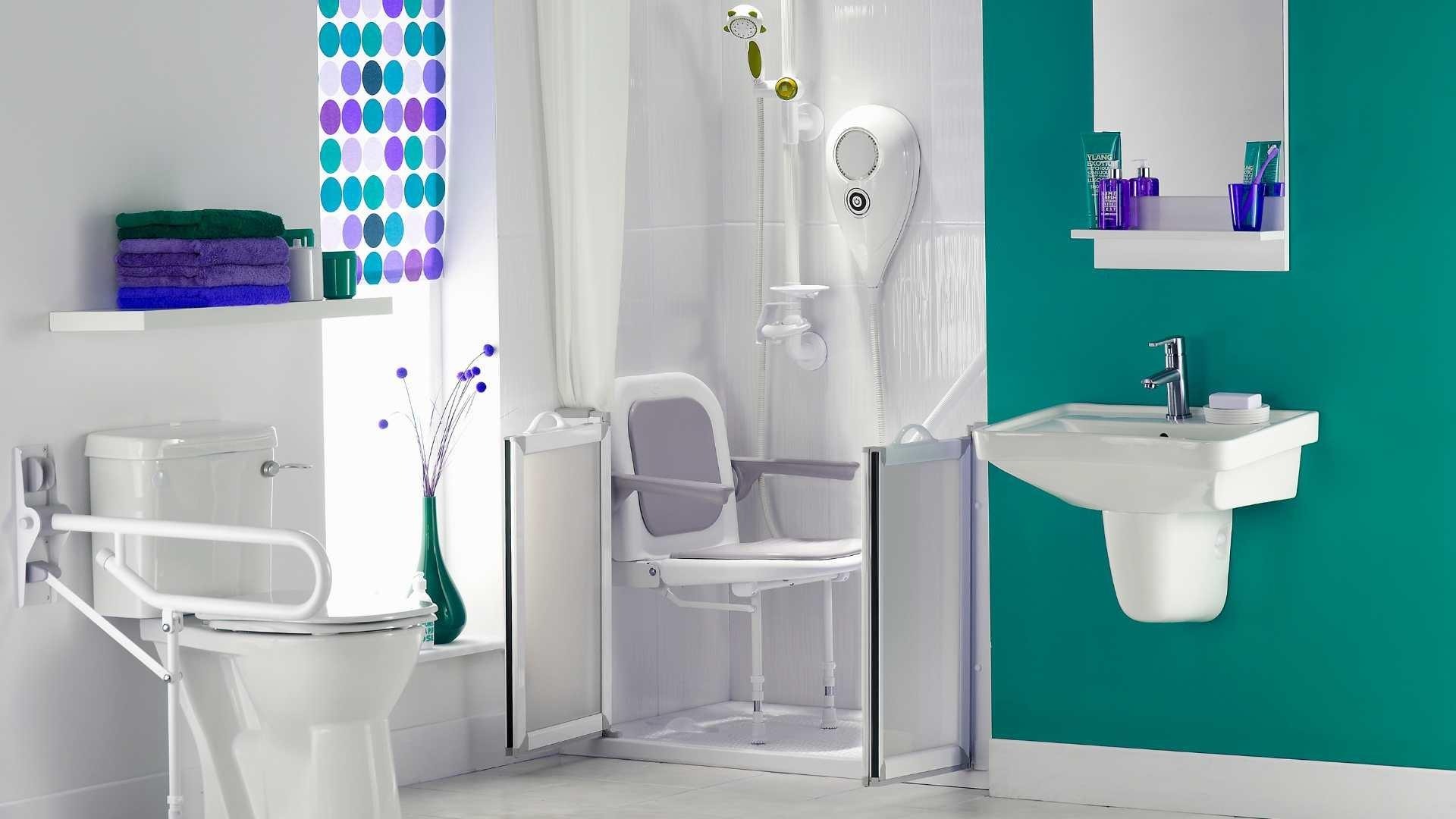7/04/2024
1. Principles of Universal Design
Universal design aims to create spaces that can be used by everyone without the need for specific adaptations. Some of the fundamental principles include:
Equitable Use: The design should be useful and marketable to people with diverse abilities.
Flexibility in Use: The design should accommodate a wide range of individual preferences and abilities.
Simple and Intuitive Use: The design should be easy to understand, regardless of the user's experience, knowledge, language skills, or concentration level.
Tolerance for Error: The design should minimize risks and adverse consequences of accidental or unintended actions.

2. Accessibility in Bathrooms and Kitchens
The kitchen and bathroom are two of the most important areas in a home when it comes to accessibility:
Kitchen: Install adjustable-height countertops and cabinets, use appliances with intuitive controls, and handles that are easy to grip.
Bathroom: Integrate walk-in showers, raised toilets, grab bars, and non-slip surfaces.

3. Assistive Technology in Interior Design
Technology can play a crucial role in enhancing accessibility:
Home Automation: Voice-controlled systems, smart lights, and automatic locks can make daily life easier for those with mobility impairments.
Adaptive Devices: Amplified phones, visual alarms, and mobility aids improve independence.

4. Inclusive Materials and Furniture
Choosing materials and furniture that promote accessibility is essential:
Adjustable Furniture: Beds, tables, and chairs with height adjustments.
Tactile Materials: Surfaces with different textures can help those with visual impairments better navigate spaces.

Inclusive design is not just a trend but a necessity to create spaces that are truly welcoming and functional for everyone. By integrating these principles, we can make our homes not only more beautiful but also more livable for everyone.